Bridge Tower is a leading vertically-integrated real estate investment company focused on U.S. residential real estate, featuring a passionate team of experienced professionals disciplined in acquisition, development, construction, property management, and leasing.
What is BTR & SFR?
Institutional investment in single-family rental homes (SFR) gained significant momentum following the GFC when many homes sat unoccupied on the retail market and pricing was distressed. Today, SFR is a prominent asset class of its own. Coupled with build-to-rent communities (BTR), SFR represents a growing segment of U.S. housing with strong fundamentals for long-term investment opportunities.
Build-To-Rent (BTR) specifies an entire community of single-family homes (detached or attached) dedicated to renters. In contrast to multifamily, units range from 1,400 – 2,000 sq ft and tend to attract renters with annual household income higher than $100k.
Single-Family Rentals (SFR) exist within communities of primarily owner-occupied homes. These homes can be managed by a landlord or property management company.
Both SFR and BTR tenants value the same perks as homeowners— features unavailable in traditional multifamily.
INVESTMENT THESIS
Demand
There is high-demand for affordable housing among 25-54 year olds. With limited resources for purchasing a home and desire for more space in their places of residence, many Americans in this age group turn to rental housing. Over the next decade, we expect the growth rate of renter occupied homes will exceed that of owner-occupied homes.
Affordability
In Bridge Tower’s target markets, the price of buying a home exceeds the cost of renting a newly constructed home. The presence of high interest rates and upward pressure on pricing due to limited inventory make renting an attractive solution for anyone priced out of homeownership.
Superior Product
Newly constructed homes offer more efficient living spaces, private outdoor spaces and premium finishes.
Return on Investment
Net income (rental income minus fees and expenses) plus margins from constructing homes at 15-25% below market prices leads to attractive total returns for investors.
DEMOGRAPHICS + CHANGING CONSUMER PREFERENCES
Baby boomers & millennials are the two largest generations & make up the majority of today’s renter pool.
Homeownership rates among these age cohorts are at decade lows.
There are now ~2x the number of renters between the ages of 25-34 who make over $75K; given the challenges in the housing market, many of these individuals will continue to rent.
Millennials have less desire of owning a home compared to previous generations in order to have greater financial flexibility & geographic mobility
INVESTMENT FOCUS
TARGET MSA ATTRIBUTES
GEOGRAPHIC FOCUS | SUNBELT
Why invest in real estate?
Strong Returns
Private real estate investments have historically outperformed bonds, public REITs, and the S&P 500 average annual returns since 2000.
Greater Stability
Because housing is a basic human need, multifamily has historically been more resilient than other investments during times of economic uncertainty, especially when comparing private single family developments to the volatility of public assets such as stocks and REITs.
Diversification
Incorporating a mix of liquid and long-term investments across multiple asset types insulate investors from downward-trending economic conditions. Prime market conditions will lead to incredible single family real estate returns.
Tax Benefits
Real estate owners and limited-partnership investors can capture unique tax advantages when investing in programs such as Opportunity Zones.
Frequently asked questions
Traditional Cash Investment: Utilizing post-tax funds for investment opens the door to fully embracing the tax depreciation benefits associated with real estate ownership. This strategy offers the financial perks of property investment without the direct responsibilities of property management.
Self-Directed IRA: Many clients find a significant part of their wealth tied up in retirement plans. By partnering with a custodian, you can allocate a portion of your retirement funds into a self-directed IRA. This enables you to venture into real estate investments, adding a layer of diversification to your retirement portfolio.
Capital Gains and Opportunity Zones: For clients who have realized capital gains from selling stocks, a business, or property, we provide investment opportunities in designated opportunity zones. Investing in these areas not only allows you to defer taxes on capital gains but also eliminates tax obligations on the profits earned from these projects, underlining a significant tax advantage.
An accredited investor is defined by specific financial thresholds established by the SEC, granting them eligibility to engage in investment opportunities beyond those registered with the SEC. SEC.gov | Accredited Investors
Qualification Criteria:
- An individual income of $200,000 or a combined income of $300,000 for the last two years with the anticipation of sustaining or enhancing that income level in the current year.
- A net worth exceeding $1 million is necessary, with the exception of the value of your primary home.
Internal rate of return (IRR) is the annualized return metric that calculates both cash flow and equity returned over the course of the entire holding period.
